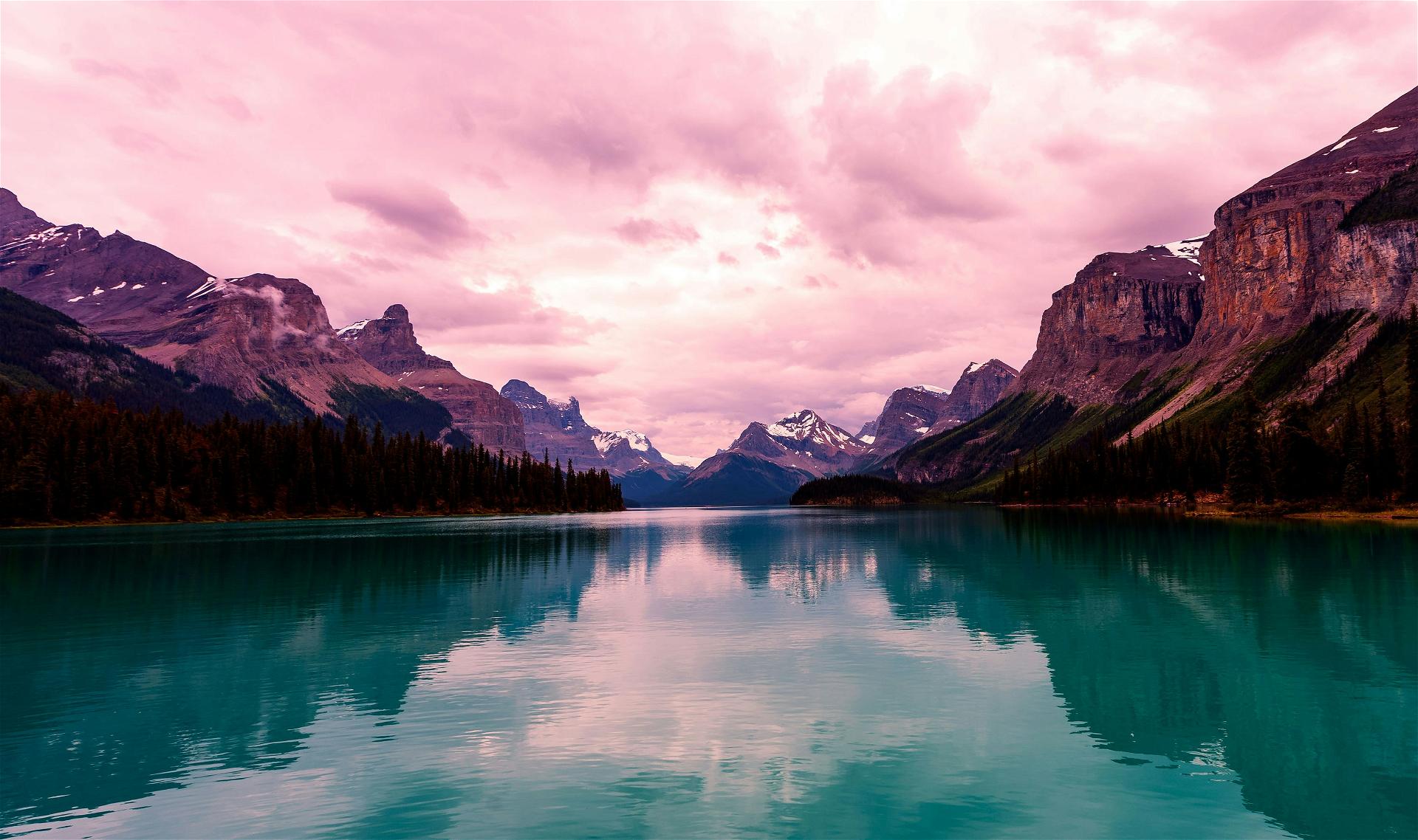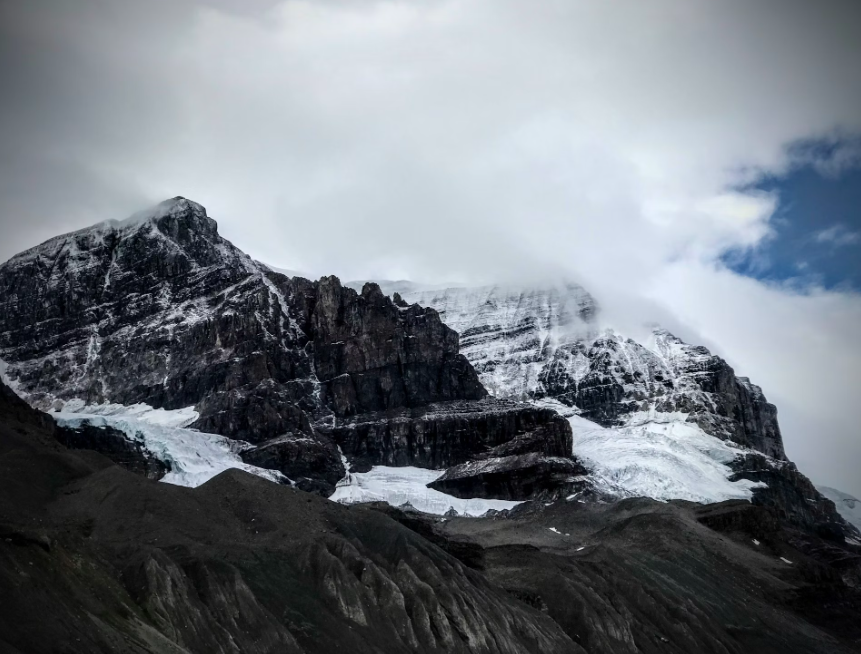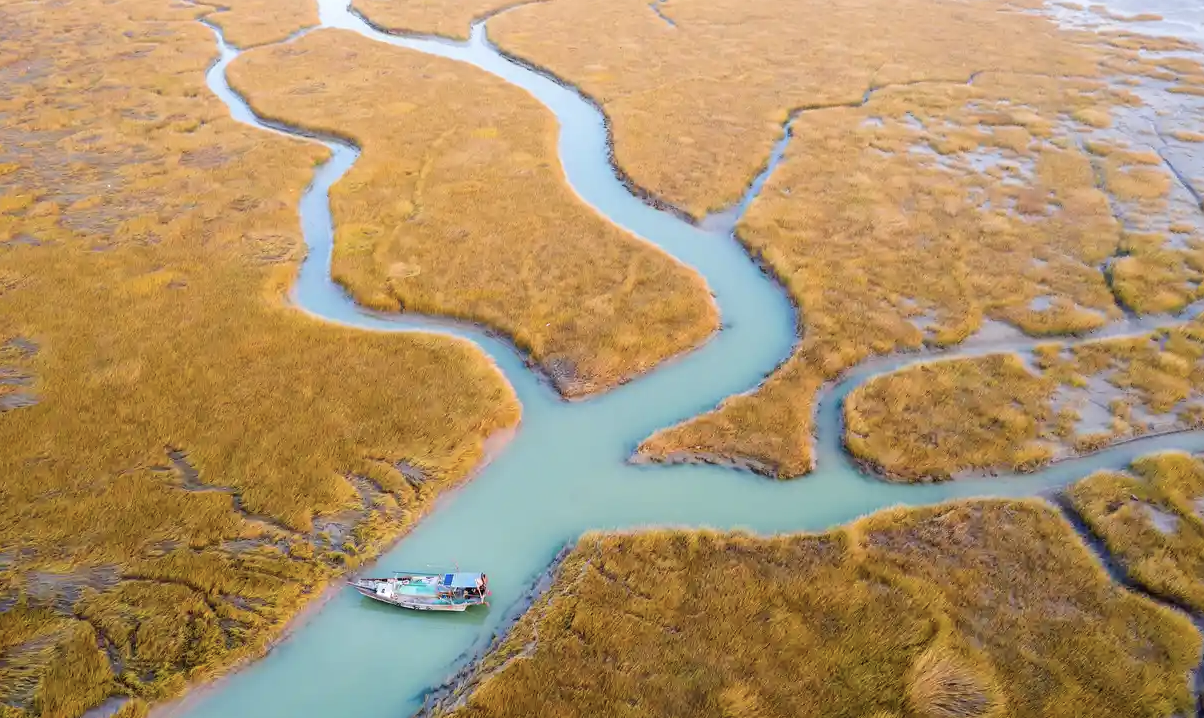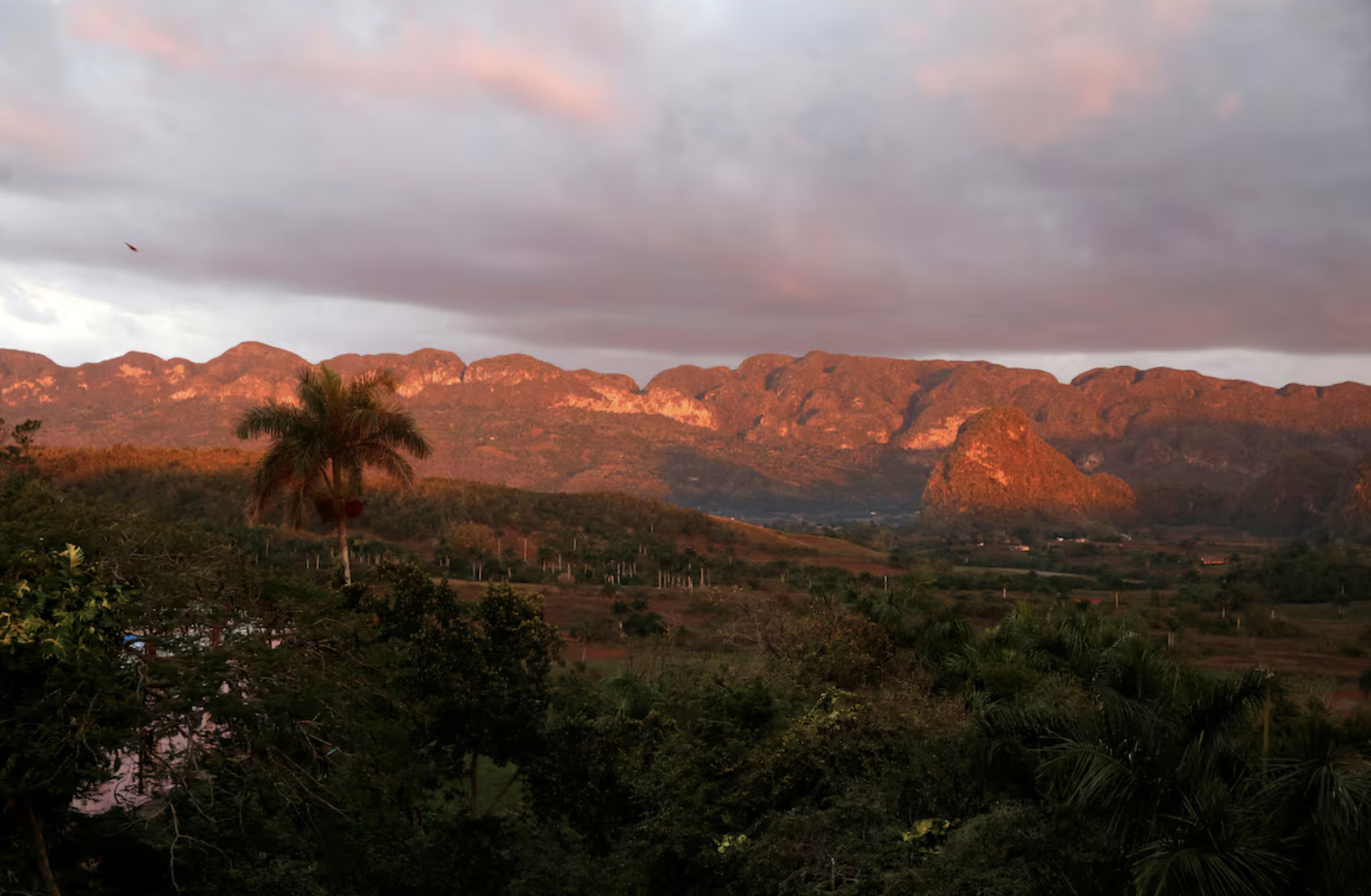· 8 min read
The Arctic as we’ve known it is fast disappearing. Recent scientific research at the National Centre for Atmospheric Science has indicated that, for instance, the Greenland ice sheet now faces long-lasting and irreversible melting due to global warming. Permafrost is also thawing decades earlier than expected, thereby exacerbating climate change. Additionally, over the past half century, sea ice – a one to five metre thick layer of frozen sea water – has retreated or thinned out across large parts of the Arctic. For several years in a row now, the summer sea ice extent has reached record lows, and by some estimates, summer sea ice could disappear completely as soon as the 2020s. Such tipping points or “points of no return” are already approaching faster than predictions, which means that sea levels are permanently rising around the world due to increased melting of mainly land, and to some extent, sea ice. Meanwhile, water expands as it warms, a phenomenon known as thermal expansion, which is another major reason for global sea level rise.
Contrary to popular belief, the Arctic is far from being an untouched wilderness. Humans have been living in the region in close harmony with nature for hundreds of years, tourism is expanding, and scientists have been on numerous expeditions in the Arctic, at least for a hundred years, on which they have attempted to piece together the many layers of interactions and feedback cycles between air, water, ice, land and vegetation in the unique Arctic ecosystem.
Ocean currents and the increase in human activity in the region have meant that the region is also displaying similar levels of plastic pollution as the rest of the world now, due to both local and faraway sources. There is initial evidence that such plastic pollution may further influence climate change as trapped microplastics likely change the ice’s characteristics. On the one hand, they may enhance the albedo effect, that is, the ice’s capacity to reflect sunlight, in effect, changing both its permeability and reducing the absorption of solar radiation. On the other hand, when sea ice melts and the microplastics are released, the darker particles, in addition to the shrinking ocean ice, may promote a more open ocean that has a darker surface that causes seawater to hold more radiation and heat. Unsurprisingly, warmer waters result in further sea ice loss, and the cycle of warming continues.
The Arctic ocean has been historically responsible for the absorption of a third of all of the carbon dioxide in the atmosphere. However, rapid loss of sea ice driven by the rise in global greenhouse gases, and some changes to the albedo effect as mentioned above, are increasing the rate of carbon dioxide take-up in the Arctic when compared to that in the Atlantic, Pacific, Indian, Antarctic and sub-Antarctic basins. In general, faster warming, and the resulting rapid ocean acidification, are together creating a feedback loop known as Arctic amplification. The Arctic is now found to be warming at about four times the global average rate over the past four decades. If greenhouse gases remain at current levels, the Arctic could warm by a whopping 4 degrees celsius by 2050 with unprecedented consequences.
The Arctic region is a vast circumpolar area surrounding the North Pole, encompassing eight Arctic States - Canada, Denmark (including Greenland), Norway, Russia, parts of the United States, Iceland, Sweden, and Finland. The Greenland ice sheet alone has lost three and a half trillion tonnes of ice since 2003, contributing almost 1 mm to sea level per year, and accounting for around a quarter of total sea level rise globally. With ocean heating set to double from current levels by the end of the century, sea levels at the turn of the century could permanently remain two metres higher than current levels. Needless to say, the rapid changes in the Arctic has had a profound effect on regional weather patterns and wildlife. However, what happens in the Arctic doesn’t stay contained in the Arctic as the world’s oceans and water bodies are intimately connected. For instance, although the Arctic Ocean constitutes one percent of the total volume of the world’s oceans, it receives over 10 percent of the global water discharge from rivers.
Recent data shows that atmospheric temperature rise, and the consequent warming of oceans, changes in sea ice cover, melting of polar ice caps and glaciers, and the movement of jet streams away from their normal courses in the Arctic, are having far-reaching effects and are impacting millions of people living in lower latitudes, especially those in low lying and coastal areas, most adversely affecting climate vulnerable nations in the Global South through rapidly rising sea levels. Moreover, warmer oceans and the dramatic change in sensitive sea ice are fuelling more extreme weather worldwide by intensifying and elongating extreme rain events, adding energy to cyclones and changing where they form, and causing more intense marine heatwaves and wildfires in the drier parts of the Arctic. For instance, the devastating floods in Eastern Australia were likely exacerbated due to warmer waters.
Besides, biological life and ecosystems are being impacted by warmer oceans in ways we are not fully aware of, such as the continual decline in snow crab populations observed in the Pacific Ocean recently, although the loss of coral reefs has been well documented for a while now. All of this is occurring at 1.1 degrees of atmospheric warming since the industrial revolution. Under scenarios in which global warming goes beyond 2°C, global sea level rise will likely persist for tens of thousands of years, according to new research, meaning that cities like Mumbai, Kolkata, Dhaka and Miami may no longer exist in the coming decades.
All evidence now points to the increasing urgency to reverse climate change and not just stabilise it, or else more critical tipping points will be reached when the ice sheet has declined to a threshold mass. Getting to net-zero 2050 will not prevent ocean heating beyond 2050 as ocean heat will continue to build up and sea levels will continue to rise well beyond that time frame due to fossil fuel use and related human activities today. Worryingly, global climate pacts, in particular, the Paris Agreement provided a benchmark for global climate action through the 1.5 goal but made no mention of fossil fuels. Measures such as the European Union’s fossil fuel non-proliferation treaty must be widely endorsed urgently because we need to stop developing any new fossil fuel infrastructure today.
Protection of communities that are already strained such as of the Sámi people who are indigenous to the European/Nordic parts of the Arctic, namely Finland, Sweden, Norway and the Russian Federation, is also vital such as through more stringent regulations around natural resource extraction and shipping in the Arctic Ocean. These communities worry that melting sea ice and ice-free summers in the region will create easier access to minerals and oils as well as potentially cost-saving shipping routes along the Northern Sea Route, which have remained untapped so far. Any indiscriminate use of these resources due to need, greed, and/or tax benefits, will put their habitats, culture and livelihoods at further risk. On Sámi land, unpredictable snow and ice conditions driven by climate change have already impacted Sámi traditions, livelihoods and language through changes in their reindeer herding culture as reindeer no longer have access to the ideal Arctic conditions they need to thrive and the Sámi have had to adapt accordingly. While supporting the need to replace fossil fuels with renewable energy, the Sámi believe that the race to renewables driven by the call for a “green” transition would substantially increase the demand for minerals for batteries and wind energy production, which can be more harmful than climate change in the longer term if their extraction does not maintain a delicate balance with nature. The Sámi perspective is to keep climate mitigation measures such as renewable energy projects local, small-scale and close to businesses and communities that need them.
Importantly, further concrete compensatory measures must be agreed upon at international conventions for island and indigenous communities across the world as well as for those who are least responsible for climate change and are yet most vulnerable to it. In this regard, pushing for “Loss and Damage” funds represented a crucial component in global efforts, especially at COP27, towards just reparations to developing nations such as small island developing states that are already suffering the worst impacts of sea level rise through natural disasters and external economic shocks while having historically contributed less than 1 percent of global carbon emissions.
Overall, the Arctic is a warning bell of a collapsing climate system. The repercussions are massive and can’t be ignored any longer. We must, without delay, halt the root causes of global warming, namely, our addictions to fossil fuels and a neoliberal mindset that promotes extractivism. While some degree of climate change is here to stay, we can still conserve what remains of the Arctic’s fragile ecosystem through the establishment of international measures such as marine conservation areas and limits to the scale of renewable energy projects and commercial fishing activities in the high seas of the central Arctic Ocean. To end with another nugget of wisdom from the Sámi community: we must work with a changing climate using our present knowledge and capabilities, and not fight against it. Here’s hoping we will act before it’s too late.
illuminem Voices is a democratic space presenting the thoughts and opinions of leading Sustainability & Energy writers, their opinions do not necessarily represent those of illuminem.






